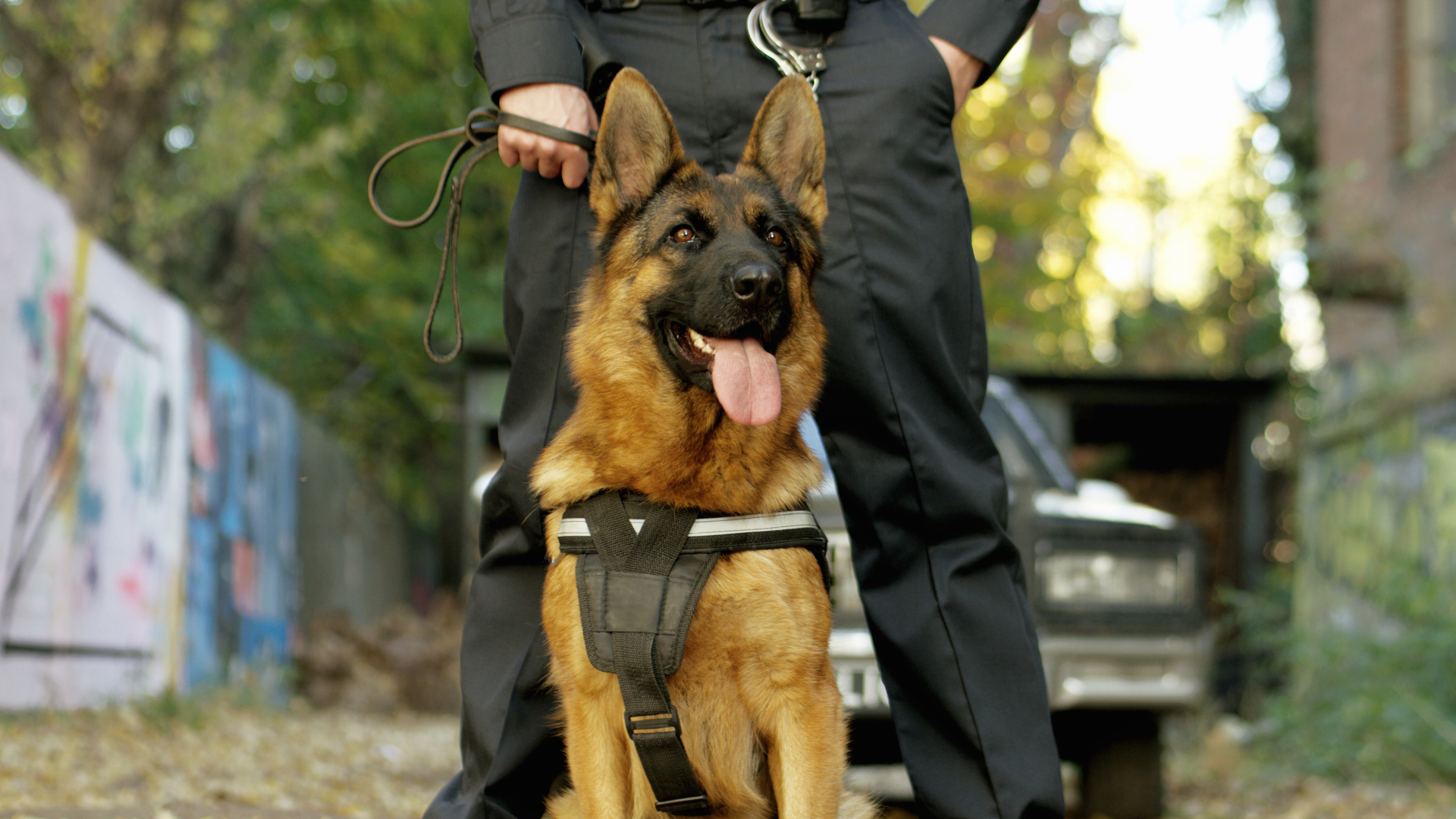Canine Protection: Heroes in Modern Security Solutions

Introduction:
Welcome to the fascinating world of canine protection, a realm where the unique abilities of dogs are harnessed to bolster modern security solutions. At www.wossuk.com, we recognise the invaluable role these four-legged heroes play in ensuring safety and security in various settings. This blog post delves into how canine protection has become an integral part of contemporary security strategies, blending the natural instincts of dogs with advanced training techniques.
The Role of Canines in Security: A Historical Perspective
The use of dogs for protection is not a new concept. Historically, dogs have been trusted companions in guarding and hunting, thanks to their keen senses and loyalty. In modern times, these innate abilities have been channelled into more specialised roles in security. From sniffing out contraband at airports to patrolling high-risk areas, canine units have become a critical component in the security matrix.
Advantages of Canine Security
Canine units offer several advantages over traditional security methods. Their heightened senses, particularly smell and hearing, allow them to detect threats that might be missed by human personnel or technology. Additionally, their speed and agility make them ideal for patrolling large areas. Most importantly, the presence of a dog can act as a powerful deterrent to potential security threats.
Training and Skills Development
The effectiveness of a canine unit lies in rigorous training. Dogs are trained in various skills, including obedience, agility, tracking, and specific tasks like explosive detection or search and rescue operations. This training is conducted by specialised professionals who understand canine behaviour and can harness their potential fully.
Canines in Action: Real-World Applications
Canine units are deployed in a wide range of scenarios. In law enforcement, they play a crucial role in drug and bomb detection. In private security, they are used for patrolling premises and crowd control. Additionally, their skills are invaluable in search and rescue operations, particularly in natural disasters.
Challenges and Considerations
While canine units are highly effective, they also present unique challenges. The well-being of the dogs is paramount, requiring proper care, regular training, and handling by skilled professionals. There are also considerations regarding the interaction between dogs and the public, especially in areas where the presence of a working dog might create anxiety or fear.
Technological Integration in Canine Security Programs
As the world of security evolves, so does the integration of technology in enhancing the capabilities of canine units. This synergy between canine instincts and technological advancements has redefined the scope and efficiency of these furry protectors.
- GPS and Tracking Technology: Modern canine units are often equipped with GPS collars, allowing handlers to track their location in real-time. This technology is particularly useful in large-scale search and rescue operations, ensuring that dogs can be monitored and managed effectively, even in challenging terrains.
- Specialised Equipment: Just as human security personnel are equipped with protective gear, canines too have their specialised equipment. From Kevlar vests to protect against physical threats to specially designed boots for harsh terrains, ensuring the safety of these canines is a top priority.
- Advancements in Training: Technological advancements have also influenced training methodologies. Virtual reality simulations, for instance, are being explored to train dogs in environments that mimic real-life scenarios without the associated risks. This approach not only enhances the safety of the training process but also allows for the creation of more diverse and complex training scenarios.
The Human-Canine Bond: A Key Element in Security
At the heart of every successful canine unit is the unbreakable bond between the dog and its handler. This relationship is not just about companionship; it’s a crucial element that drives the effectiveness of canine security.
- Building Trust and Understanding: The bond between a handler and their canine is built on trust and mutual understanding. Handlers spend countless hours with their dogs, not just in training but also in everyday care, which helps in building a strong, intuitive connection.
- Communication Beyond Words: Canines and their handlers develop a unique way of communicating, often understanding each other’s cues and signals without the need for words. This silent communication is vital in situations where discretion and quick reactions are crucial.
- Emotional Support: The role of a security dog is not just limited to physical tasks. These dogs often provide emotional support to their handlers and can even assist in reducing stress and anxiety among the people they protect.
Ethical Considerations and Future Prospects
While canine units are a valuable asset in security, it’s important to approach this field with ethical considerations and a vision for the future.
- Ethical Training and Care: Ensuring that the dogs are trained in a humane, respectful manner is essential. Their health and well-being should always be a priority, with regular veterinary care, proper nutrition, and adequate rest.
- The Future of Canine Security: The future of canine security looks promising, with ongoing research and development in enhancing their capabilities, welfare, and integration into various security scenarios. The potential for expanding their roles in digital security, such as detecting cyber threats, is also an area of growing interest.
Conclusion
Canine protection units, with their unique blend of instinct, training, and the support of technology, continue to be the unseen heroes in the security sector. As we move forward, it’s crucial to maintain a balance between leveraging their abilities and ensuring their well-being. At www.wossuk.com, we recognise the incredible contributions of these canine units and look forward to their evolving role in modern security solutions.
Check out our Instagram.
